Analyse des biais involontaires dans la formation informatique
Quand on parle de formation en informatique, on pense souvent aux langages de programmation, aux bases de données, au développement web. Mais ce dont on parle moins, ce sont les biais involontaires intégrés dans ces formations. En effet, ce qui est transmis lors de l’apprentissage peut parfois inclure des préjugés inconscients issus des développeurs qui ont conçu ces algorithmes. Les biais raciaux peuvent s’infiltrer dans les systèmes, créant ainsi des algorithmes discriminatoires.
Par exemple, une étude de l’Université de Stanford a révélé que certains systèmes de reconnaissance faciale sont beaucoup moins précis pour identifier les visages des personnes à la peau foncée. Cela provient principalement de la formation des algorithmes avec des ensembles de données déséquilibrés, souvent majoritairement composés de personnes à la peau claire.
Cas pratiques de discrimination dans les algorithmes
Les exemples ne manquent pas pour illustrer comment les biais se manifestent dans les algorithmes. Prenons le cas des algorithmes de recrutement. Une entreprise de grande envergure comme Amazon avait développé un outil pour filtrer les CV. Cependant, l’algorithme a été abandonné après que l’entreprise a réalisé qu’il désavantageait systématiquement les candidatures féminines.
Les algorithmes publicitaires ne sont pas en reste. Facebook, par exemple, a été critiqué pour avoir permis aux annonceurs de cibler ou d’exclure des groupes en fonction de l’ethnicité. Cela montre à quel point les algorithmes peuvent exacerber les discriminations présentes dans notre société.
Solutions pour un apprentissage inclusif et dénué de préjugés
Alors, quelles sont les solutions? Comment pouvons-nous garantir que les prochaines générations de développeurs sachent créer des algorithmes équitables? D’abord, nous devons intégrer des cours sur les biais et la diversité directement dans les programmes de formation informatique. L’inclusion doit devenir une compétence technique à part entière.
Ensuite, il est essentiel d’évaluer et de réévaluer les algorithmes avec des ensembles de données diversifiés. Les audits réguliers peuvent aider à identifier et corriger les biais. Encourager la diversité parmi les développeurs représente également une excellente manière de s’assurer que des perspectives variées influencent la création d’algorithmes.
Enfin, les entreprises technologiques doivent être responsables et transparentes sur les biais potentiels de leurs technologies. Elles devraient promouvoir des pratiques éthiques et collaborer avec des chercheurs indépendants pour évaluer et améliorer leurs systèmes.
L’intégration des considérations sur les biais raciaux et d’autres formes de discrimination dans les formations informatiques n’est pas seulement une question de moralité; c’est une nécessité pour créer des technologies efficaces et justes pour tous.
The post <h1>Les Algorithmes Sont-ils Racistes? Ce Qu’on Vous Cache dans les Formations Informatiques</h1> appeared first on gnomelibre.fr.







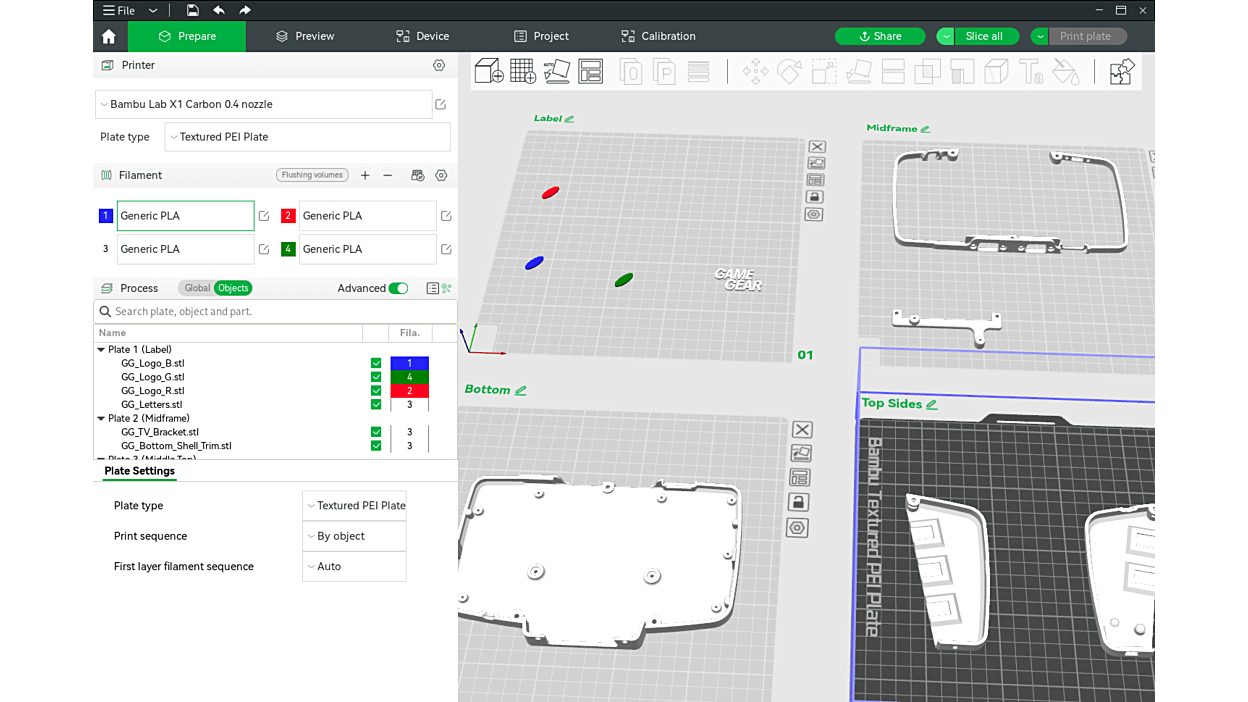



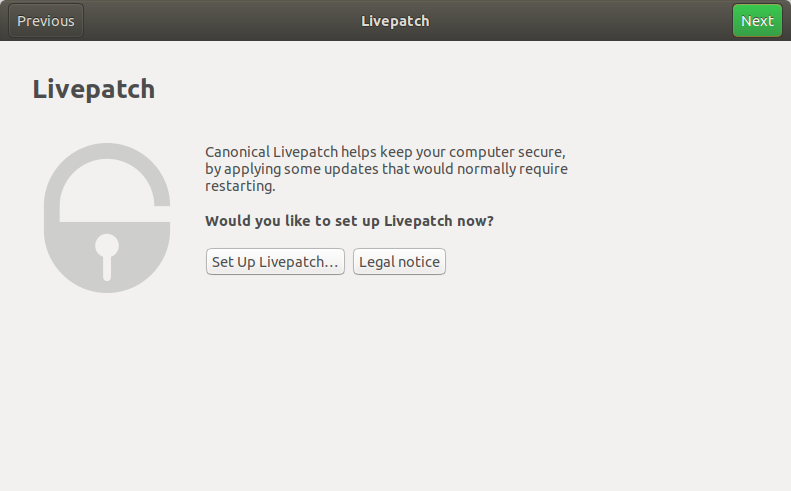


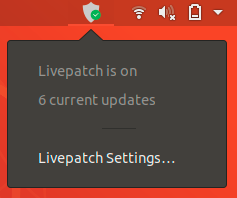

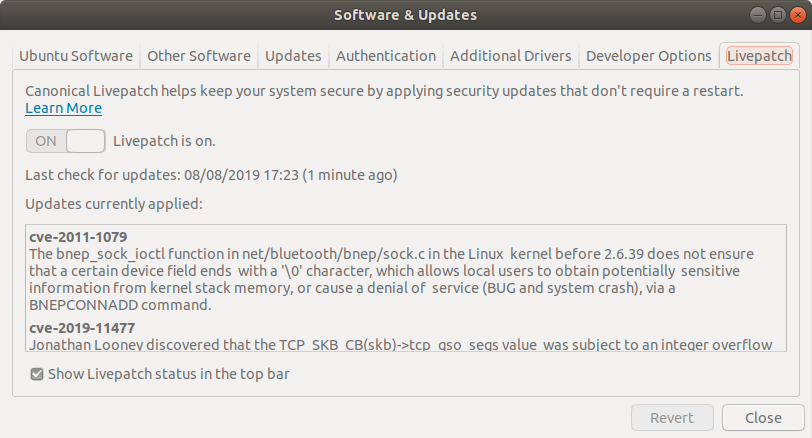




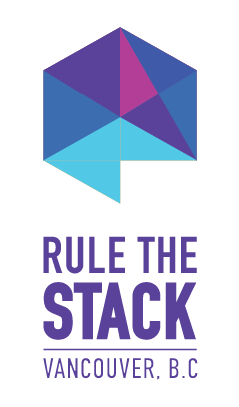
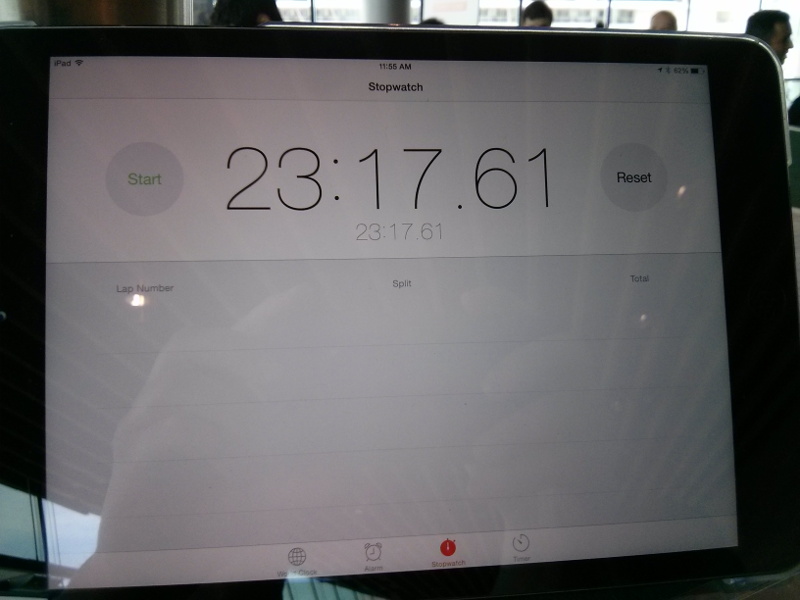
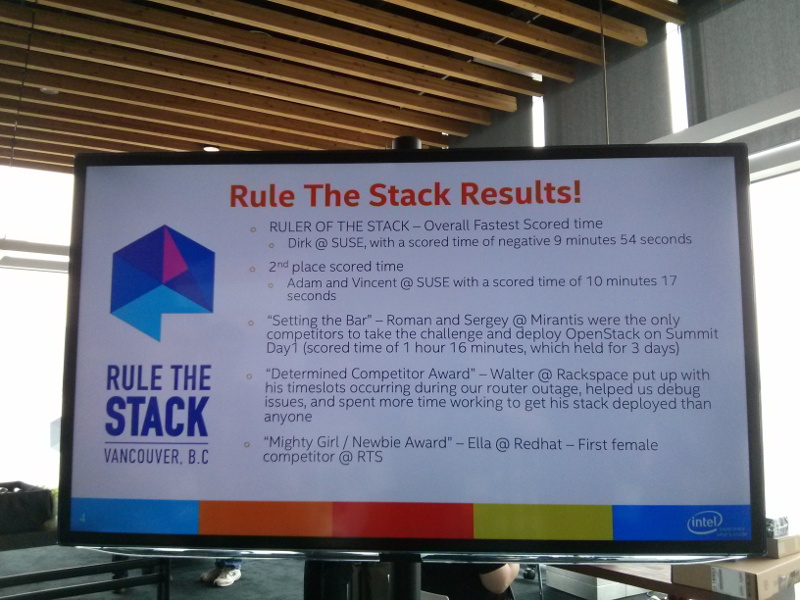




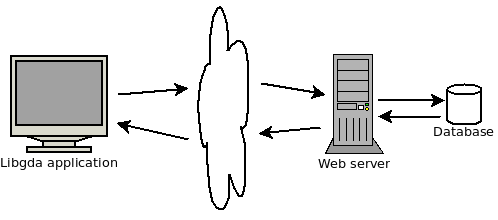


 exemple de Debian et Ubuntu
exemple de Debian et Ubuntu


